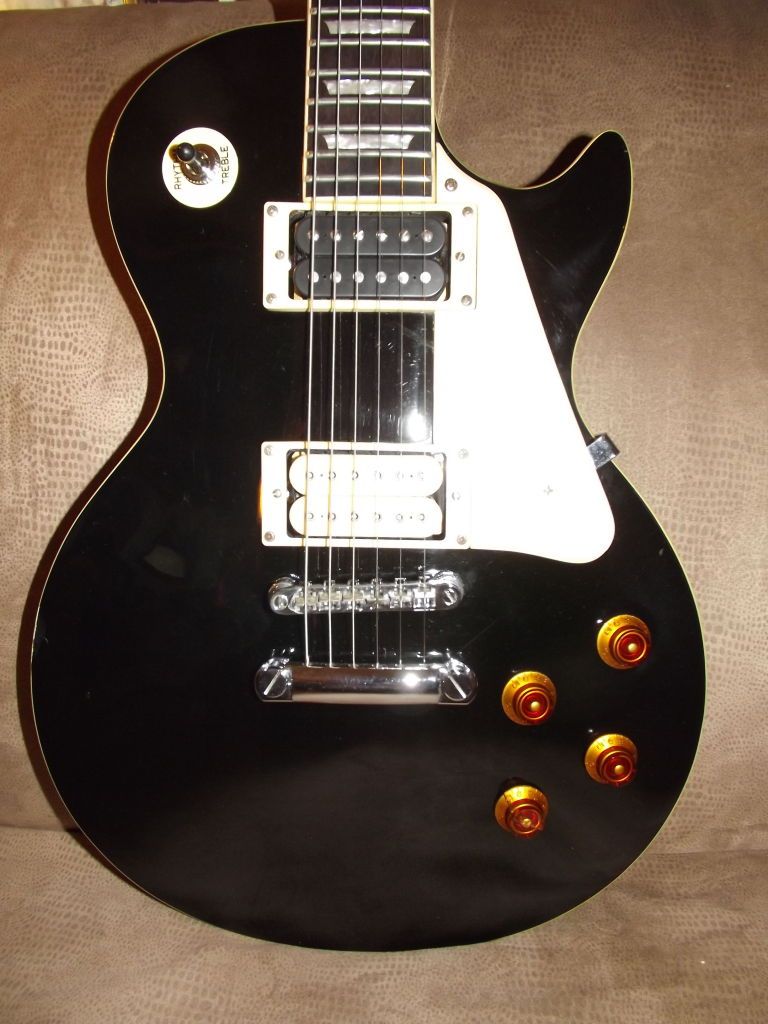
Epiphone Serial Numbers Database
Recent updates (Nov 2018) • Latest 20 additions to: • 1951 Broadway Regent SN • 1939 DeLuxe SN (pic) • 1948 Zephyr DeLuxe Cutaway SN • 1930 Recording E SN 1930 Recording A SN (pic) • 1938 Emperor SN • 1939 Zephyr Amplifier SN • 1930 Recording D SN • 1954 Zephyr Emperor Regent SN • 1936 Olympic SN (correction) • 1933 DeLuxe SN (correction) • 1951 Zephyr DeLuxe Regent SN 1951 Zephyr DeLuxe Regent SN • 1933 DeLuxe SN • 1936 Triumph SN 10771 • 1950 FT 79 SN • 1936 Model M Hawaiian SN • 1941 Zephyr Spanish SN • 1939 Blackstone SN • 1959 Zephyr DeLuxe Regent SN 61606 • •. NY Epi Reg – the project The name 'Epiphone' has been part of American music history since the 1920s when Epaminondas 'Epi' Stathopoulo (1893-1943), the young president of a family-owned instrument manufacturing company based in New York, introduced a successful line of banjos with this brand, soon followed by guitars. Over the following decades the quality of Epiphone's archtop guitars and other stringed instruments gained a high reputation, leading numerous top players to choose Epiphone instruments for performing and recording their music. Today these fine vintage Epiphone instruments continue to be of interest to musicians, collectors and historians. Many rate the quality of these instruments on a par with competitors of their time such as Gibson, D'Angelico, or Stromberg, to name just a few.
The era of the original NY-based Epiphone company ended when, after a long decline, it was sold by the Stathopoulo family in 1957 to Chicago Musical Instruments (CMI) – the parent company of their main competitor Gibson. The new owners continued to produce Epiphone-branded instruments, first in Gibson's Kalamazoo MI factory and later in East Asia – to this day (read more about ). Compared with other leading manufacturers like Gibson or Martin, there seem to be more gaps and puzzles in the history of Epiphone instruments of the NY era – especially regarding production figures. Fact is: No Epiphone factory ledgers or other official production documents from the pre-1957 years are known to have survived. Therefore no 'official' production figures are available for any of the original Epiphone models. Epiphone's serial number systems and the rationale behind them still bear some mysteries; and the production year of an Epiphone instrument can be only approximately derived from its serial number.
'Pot codes' help identify and date Gibson guitars and some Fender amps where the serial numbers can fail you. *Gibson records were destroyed and/or lost during one period, hence there are some doubled ser #'s.
The only way to get more knowledge in this field is to gather and analyze information on as many surviving Epiphone instruments as possible. Jim Fisch and L. Fred, authors of the outstanding reference book Epiphone: The House of Stathopoulo (Amsco Publications, New York, 1996) had started a list of documented instruments (serial number/model) – a few hundred in total. The Unofficial New York Epiphone Registry (NY Epi Reg) project aims to continue and deepen the research started by Fisch/Fred: by collecting additional data on surviving instruments, with the help of the worldwide 'Epiphone community', i.e.
Players, collectors, dealers, luthiers and historians who own and appreciate Epiphone instruments. Since the launch of this project website in July 2014 the research data has constantly grown.
Key achievements of our research in a nutshell: • Registry database: We have documented up to now about of the 1930–50s period – listed with model name, serial number, and approximate production year. Most entries include a photo (currently 1 pic per item, although our research library includes >50’000 photos in total). • Model history: Read our detailed and changes over the years – with links to photos showing the described detail. 

Our offers a chronological overview of developments from 1931 to 1956, again with photos illustrating described features. • Serial number research: Our research provides an in-depth used between 1931 and 1956. See our of Epiphone instruments. • Production figures: Based on our registry data and serial number research we provide examples of, using our own approximation (interpolation + extrapolation). • Historic catalogs and price lists: PDFs of Epiphone sales literature from 1930–50s are.